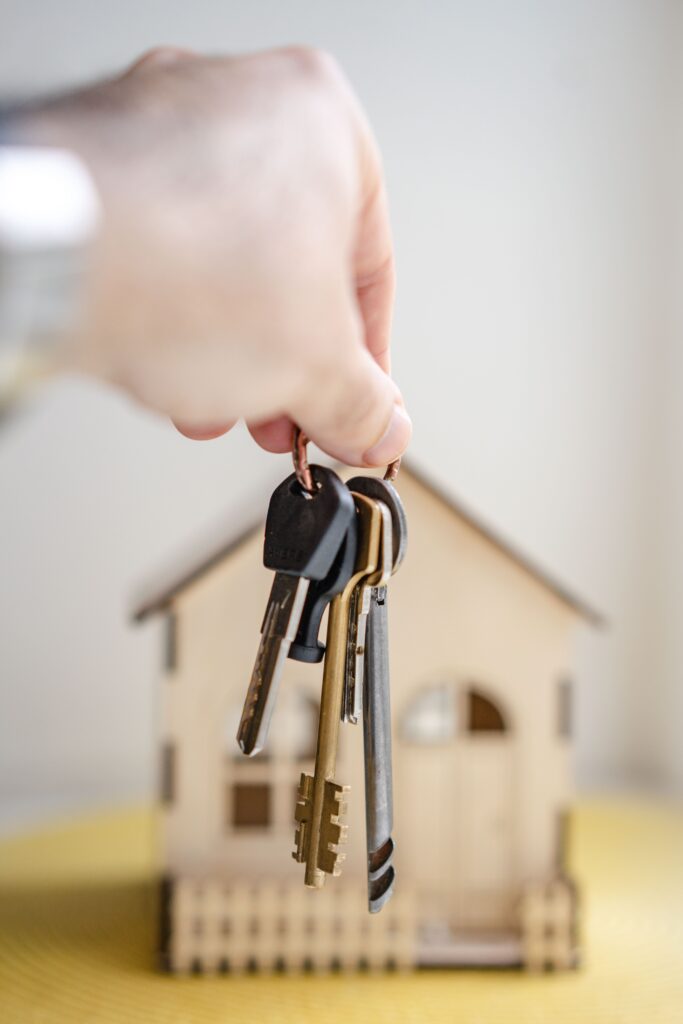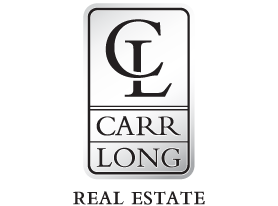End Year 2023 Interest Rate Forecast

From March 2021 until March 2022, the inflation rate rose from 1.4% to a whopping 9.1%. The Federal Reserve began raising their rate continuously. By the end of June of 2023, inflation had fallen to their targeted rate of 3%. This led them to pause their rate hikes. At this point, mortgage rates were just over 7%.
However, July 2023 saw inflation rise to 3.2%, and as expected, they raised their rate another 0.25% in late July. Their target range was originally planned to be around 5.25%, but it is currently at 5.5%. Over the last year, inflation had consistently dropped, so the sudden spike in July was not good news for the mortgage industry.
As the Fed Fund rate rises, so do mortgage rates. Interest rates have hit their highest level since 2000 and average 7.48% for a 30-year mortgage. Looking back, we can see why borrowers are feeling that a 7% interest rate seems high. However, historically, that is not the case.
Historical Interest Rates
From 2011 until late 2018, the average 30-year mortgage rate remained just below 5 percent. The pandemic led the Fed to slash rates to zero, and mortgage rates were down as low as 2.93%. Over an 11-year period, the 5 percent rate was not unusual, and by summer of 2022, rates were around 5 percent.
The Fed had kept rates low following the crash of 2008. It wasn’t until inflation reached 9% in March of 2022, that they started to increase their rate. This rate has been adjusted upwards 11 times since then. Interest rates are 2% higher than they were a year ago and are at the highest level over a 20 year period.
Interest Rate Forecast
Many economists believe that while rates may fall below 7% at the end of 2023, we will not see the low interest rates of the prior decades. The Mortgage Bankers Association, for example, predicts 30-year mortgage rates will fall to 5.9 percent by late 2023, and to 4.9 percent by late 2024. Others think we will finish 2023 with mortgage rates just below 7%.
Homebuyers find that homes are less affordable because of higher interest rates. The market for refinancing has dried up, since rates are higher than what most people locked in over the last 10 years. Sellers too, are challenged in listing their homes for sale because obtaining a new mortgage would be at a much higher rate.
Obtaining A Great Rate
While mortgage rates are high, there are still steps you can take to reduce your interest rate. You can improve your credit score by looking at your credit report and correcting any mistakes or deficiencies. Some sellers are offering a 3-2-1 buydown where interest is prepaid in a way that a borrower has at least 3 years to wait for better rates.
The first year, the rate is reduced 3%, and 2% in the second year. In the 3rd year, the interest rate is also reduced 1%. In 3 years, we are likely to see better mortgage options. The seller can prepay this buydown rather than reducing the price of the home.
It is important to remember that even a one-point drop in your interest rate can save you thousands of dollars during the life of the loan. If interest rates are at 7%, the 3-2-1 buydown means that your monthly payment would be based on a rate of 4% the first year, 5% the second year and 6% the third year.
7% Is Not Unusual
In 1971, rates were in the 7 percent range and actually inched up to 9.19% in 1974. Historically, rates seem to have averaged around 7% so today’s rates are not that unusual. Because the last two decades presented economic challenges, the Fed had drastically reduced rates. Using this as a benchmark is why many people feel that rates are unreasonably high.
Contact me today for more information about the local market and current interest rates. There are many ways to negotiate an affordable opportunity for homeownership.

 Market Stats
Market Stats Listing Watch
Listing Watch My Home Valuation
My Home Valuation